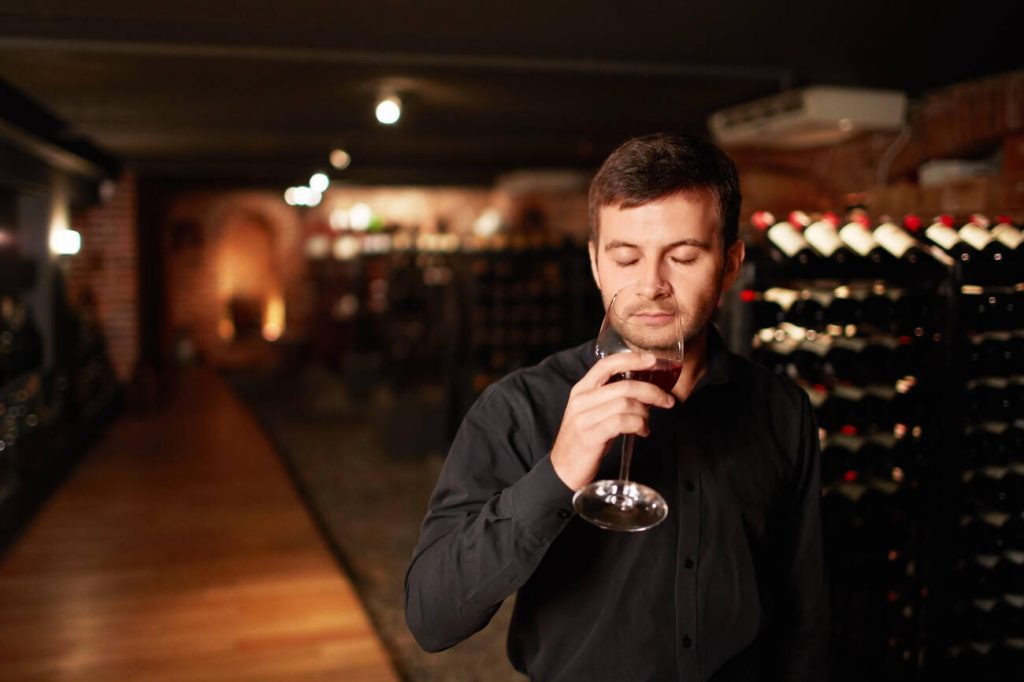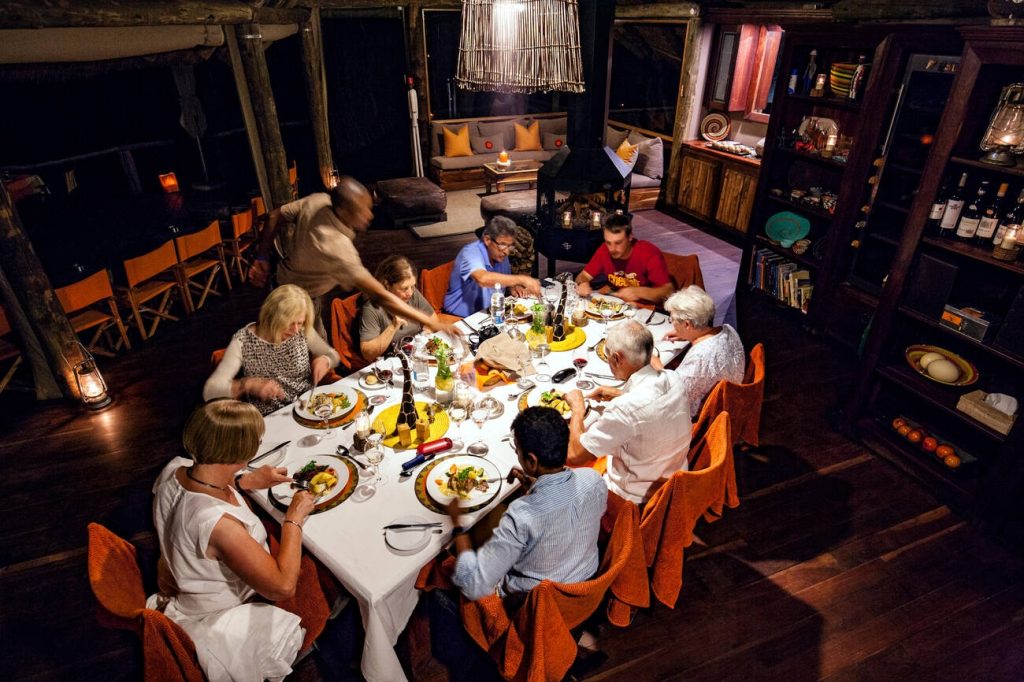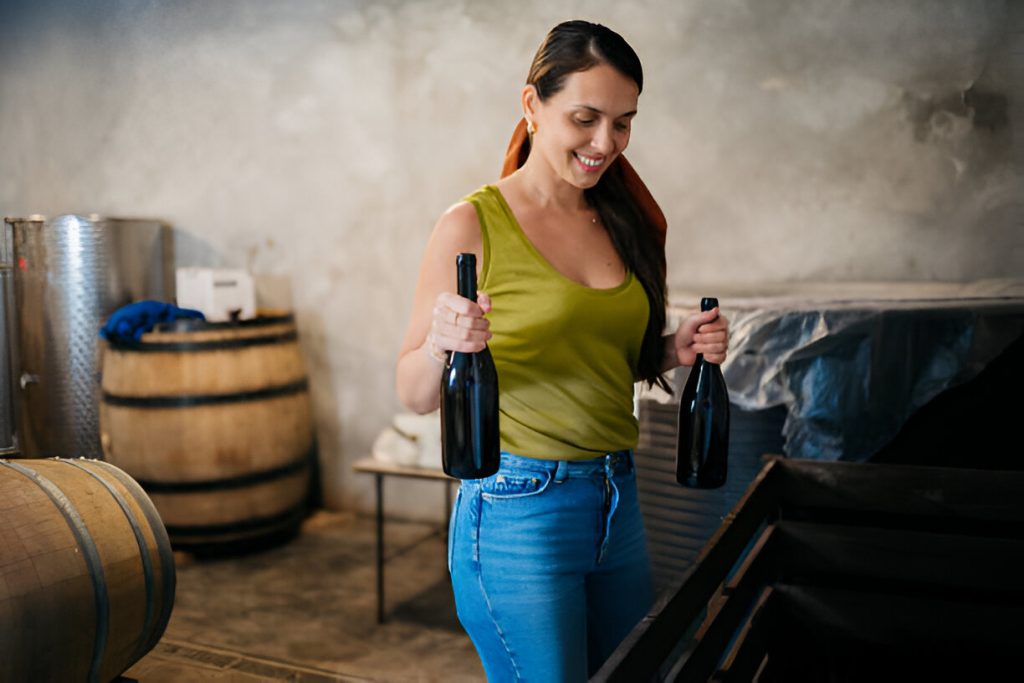Are you ready to embark on a sensory journey that will delight your taste buds and expand your wine knowledge? Look no further! In this step-by-step guide, we’ll show you how to taste wine like a pro. From assessing its appearance to savoring its flavors, you’ll learn the secrets of the 5 S’s: see, swirl, sniff, sip, and savor. So grab a glass, get comfortable, and let’s dive into the wonderful world of wine tasting together. Cheers!
Contents
- The Importance of Wine Tasting Skills
- The 5 Steps to Tasting Wine Like a Pro
- Mastering the Visual Assessment of Wine
- Unlocking the Secrets of Aromas in Wine Tasting
- Exploring the Elements of Taste in Wine Evaluation
- Developing a Critical Eye for Wine Appearance
- Enhancing Your Wine Experience Through Aroma Evaluation
- Delving Into the Complexities of Structural Elements in Wine
- Unveiling the Flavors and Finish of Wine Tasting
- The Art of Assessing Overall Impression in Wine Tasting
- Advanced Concepts and Tools for Wine Tasting
- The 5 S’s of Tasting Wine: See, Swirl, Sniff, Sip, Savor
The Importance of Wine Tasting Skills
Developing wine tasting skills is important because it allows you to refine your palate, identify flavors, and assess the quality of different wines. Knowing how to taste wine can enhance your overall wine experience and make it more enjoyable. By practicing wine tasting, you can develop a better understanding of the characteristics that make a wine unique and learn to appreciate its nuances. It also helps you to explore different varieties and styles of wines, expanding your knowledge and broadening your palate. Whether you’re a beginner or an experienced wine enthusiast, developing these skills will enable you to confidently evaluate and choose good wines to try. So grab a glass, start testing wine, and embark on a journey to discover the best tasting wines that suit your preferences.
The 5 Steps to Tasting Wine Like a Pro
Assess the color intensity and hue of the wine to begin the process of tasting like a pro. This step is crucial in understanding the characteristics of the wine you’re about to taste. Look for clues about the age and grape variety by observing its color and opacity. Take note of any hints that can be derived from these visual cues. Once you have examined the appearance, move on to smelling the wine. Inhale deeply and try to identify different aromas, such as fruits or herbs. These scents can provide valuable information about the grape variety, winemaking practices, and aging process. Finally, take a sip and analyze its taste. Pay attention to factors like acidity, sweetness, and texture. By following these steps, you will be well on your way to becoming a skilled wine taster. So go ahead and explore different wines, try new flavors, and discover your personal preferences in tasting wines!
Mastering the Visual Assessment of Wine
Let’s begin by examining the color and opacity of the wine to understand its characteristics.
- The color of the wine can provide clues about its age, grape variety, and potential flavors.
- Red wines can range from pale ruby to deep purple, while white wines can vary from pale straw to golden yellow.
- Opacity refers to how transparent or opaque the wine appears in the glass. It can indicate factors such as filtration or sediment presence.
- Understanding the color and opacity of the wine helps set expectations for its taste and aroma profile.
- A darker red wine may suggest a fuller-bodied, more intense flavor.
- A lighter-colored white wine may indicate a crisper, lighter taste.
Unlocking the Secrets of Aromas in Wine Tasting
Unlocking the secrets of aromas can enhance your wine tasting experience by revealing unique scents and flavors in the wine. When you take a moment to sniff the wine, you’ll be amazed at what you discover. The aromas can vary from fruity notes like berries and citrus to more complex scents like spices, herbs, and even earthy undertones. Each aroma adds another layer of complexity to the wine, allowing you to fully appreciate its depth and character. By paying attention to these aromas, you can start to identify different grape varieties or winemaking techniques used in the production of the wine. So, next time you pour yourself a glass of wine, take a moment to unlock its secrets through its beautiful aromas.
Exploring the Elements of Taste in Wine Evaluation
When evaluating wine, it’s important to consider the elements of taste such as acidity, sweetness, and tannin levels. These elements play a crucial role in determining the overall flavor profile and quality of the wine. Here are some points to keep in mind:
- Acidity:
- Acidity adds freshness and liveliness to a wine.
- It can range from low to high, depending on factors like grape variety and climate.
- Sweetness:
- Sweetness is perceived on the front of the tongue.
- It can vary from bone-dry to lusciously sweet.
- Tannin:
- Tannins come from grape skins, seeds, and stems.
- They provide structure and texture to red wines.
Developing a Critical Eye for Wine Appearance
Now that you’ve explored the elements of taste in wine evaluation, it’s time to develop a critical eye for wine appearance. When tasting wine, the first step is to look at its color, opacity, and viscosity. Take a moment to observe these characteristics as they can provide valuable clues about the wine’s age and grape variety. The color and opacity can indicate the wine’s potential grape varieties and age, while the thickness and viscosity can give insights into its alcohol and sugar content. Spending just a few seconds on this step can greatly enhance your overall understanding of the wine. So next time you pour yourself a glass, remember to take a moment to appreciate its appearance before moving on to the next steps of tasting.
Enhancing Your Wine Experience Through Aroma Evaluation
Enhance your wine experience by evaluating the aromas present in the glass.
- Start by taking a moment to swirl the wine gently in your glass, releasing its aromatic compounds.
- Swirling helps to fully experience the wine’s aromas.
- Aromas may change with time, so letting the wine rest can reveal different scents.
- Next, bring your nose close to the glass and evaluate the intensity of the aromas.
- Consider different strategies for smelling, such as varying the distance or position of your nose.
- Smell different parts of the glass to detect various aromas.
Delving Into the Complexities of Structural Elements in Wine
To fully understand the complexities of wine, explore the structural elements that contribute to its overall character and quality. These elements include acidity, tannin, body, and sweetness. Acidity gives wine its crispness and freshness, balancing out flavors and enhancing food pairing possibilities. Tannins provide structure and texture, giving red wines their characteristic dryness and astringency. Body refers to the weight or fullness of a wine on the palate; it can range from light-bodied to full-bodied. Sweetness is an important factor in determining a wine’s perceived taste profile, with varying levels of residual sugar affecting the overall flavor balance. By paying attention to these structural elements in your tasting experience, you can gain a deeper understanding of how they contribute to the overall character and quality of different wines.
Unveiling the Flavors and Finish of Wine Tasting
When evaluating a wine, it is important to pay attention to the flavors and finish to get a complete understanding of its taste profile. Here are some key points to consider:
- Flavors:
- Identify the primary flavors in the wine, such as fruits, herbs, or spices.
- Note any secondary flavors that may be influenced by winemaking techniques.
- Look for tertiary flavors that develop with aging, like oak or earthy notes.
- Finish:
- Evaluate the length and intensity of the finish.
- Notice if the flavors linger on your palate or fade quickly.
- Consider the overall balance and harmony between the flavors and finish.
The Art of Assessing Overall Impression in Wine Tasting
Now that you have learned about the flavors and finish of wine tasting, let’s move on to the art of assessing overall impression. When evaluating a wine, it is important to consider how all the components come together and form a cohesive experience. This includes factors such as balance, complexity, and quality.
To help you understand this concept better, here is a table outlining the key elements to assess in order to form an overall impression of a wine:
| Component | Description |
|---|---|
| Balance | The harmony between acidity, tannin, sweetness, and alcohol. |
| Complexity | The depth and range of flavors and aromas in the wine. |
| Quality | The overall excellence or value of the wine. |
Advanced Concepts and Tools for Wine Tasting
Improve your wine tasting skills by exploring advanced concepts and utilizing tools specifically designed for the discerning palate.
- Expand your knowledge with advanced wine tasting concepts:
- Learn about the different elements that contribute to a wine’s balance, complexity, and quality.
- Understand how to assess and describe wines based on tasting notes.
- Utilize specialized tools for a more comprehensive tasting experience:
- Use a Crush Course© Tasting Mat to guide your evaluation of appearance, aroma, structure, and overall impression.
- Make use of an Evaluation Sheet to record your observations and track your preferences over time.
The 5 S’s of Tasting Wine: See, Swirl, Sniff, Sip, Savor
The 5 S’s of tasting wine are a structured approach that helps you fully experience and evaluate the different aspects of a glass of wine. First, you see the wine by observing its color, intensity, bubbles, legs, and sediment. Then, you gently swirl the glass to release aromatic notes from the wine. Next, sniff the wine and identify the intensity and variety of aromas present. After that, take a sip of the wine and evaluate components such as acidity, tannin, and flavor. Finally, savor the wine by reflecting on its balance and overall quality. By following these steps, you can enhance your enjoyment of wine and develop a deeper understanding of its characteristics.




